|
The Hellenic Genocide
Quotes from historical documents and related Photos. |
|||
PREFACE: "All that happened in 1915 is in the regular line of Turkish policy. The only differences are in the scale of the present crimes, and in the fact that the lingering sufferings of deportations in which the deaths were as numerous as in the massacres, and fell with special severity upon the women, have in this latest instance been added." CHAPTER I: "Dr. C., coming from Constantinople, gave me the further information that massacres had been going on round Bitlis for some time. And then, from correspondents at Bitlis, his informants had had news that whole villages were embracing Mohammedanism in order to escape tortures, because the object of the massacres was not simply to kill, but to torture." CHAPTER I: "In May, 1914, I travelled with Dr. Niazim Bey, who is the spirit of the Union and Progress Party, when he was on the mission of establishing a boycott---nominally against the Greeks only, though it proved to be against the Armenians as well." CHAPTER I: "Teachers and pupils alike have been sent into exile, or have suffered death or have been carried off to Turkish communities or harems. There is an ugly rumour that the turn of the Greeks will come next." CHAPTER I: "Between the loth and the 30th May, 1,200 of the most prominent Armenians and other Christians, without distinction of confession, were arrested in the Vilayets of Diyarbekir and Mamouret-ul-Aziz. <It is said that they were to be taken to Mosul, but nothing more has been heard of them.>" CHAPTER I: "On the 30th May, 674 of them were embarked on thirteen Tigris barges, under the pretext that they were to be taken to Mosul. The Vali's aide-de-camp, assisted by fifty gendarmes, was in charge of the convoy. Half the gendarmes started off on the barges, while the other half rode along the bank. A short time after the start the prisoners were stripped of all their money (about £6,000 Turkish) and then of their clothes ; after that they were thrown into the river. The gendarmes on the bank were ordered to let none of them escape. The clothes of these victims were sold in the market of Diyarbekir." CHAPTER I: "They have marched them off in convoys into the desert on the pretext of settling them there. In the village of Tel-Armen (along the line of the Bagdad Railway, near Mosul) and in the neighbouring villages about 5,000 people were massacred, leaving only a few women and children. The people were thrown alive down wells or into the fire." CHAPTER I: "The corpses stranded on the bank are devoured by dogs and vultures. To this fact there are many German eyewitnesses. An employee of the Bagdad Railway has brought the information that the prisons at Biredjik are filled regularly every day and emptied every night---into the Euphrates. Between Diyarbekir and Ourfa a German cavalry captain saw innumerable corpses lying unburied all along the road." CHAPTER I: "In addition to the local Christian population remaining here, 25,000 destitute refugees, including women and children from coast cities, have been added. All need help. Monthly requirements amount to £600 (Turkish)." CHAPTER II: "When Turkey went into the war the distress of the people reached an even higher pitch, especially when the Government armed all the males of the Moslem population between the ages of 15 and 60 and gave up Christian villages to fire and sword at the slightest pretext. Pelou, the largest village of the Kavash district, was reduced to a heap of ruins." CHAPTER III: "Djevdet Bey fled southwards and, crossing the Bohtan, entered Sairt with some 8,000 soldiers whom he called "Butcher" battalions (Kassab Tabouri). He massacred most of the Christians of Sairt, though nothing is known of the details. On the best authority, however, it is reported that he ordered his soldiers to burn in a public square the Armenian Bishop Yeghishé Vartabed and the Chaldean Bishop Addai Sher." The Hellenic Genocide Quotes from historical documents and related Photos. Previous page | Initial page | Site Map | Next page (3rd of 29) |
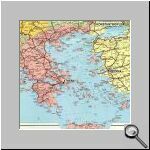
Constantinople, Athens and Smyrna.
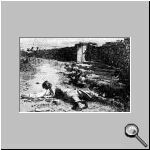
Armenians massacred by the Turks.
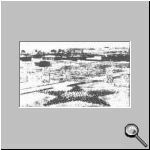
6.000 orphans form star.
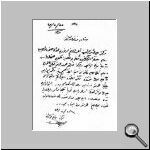
Turkish order to kill the Hellenes.
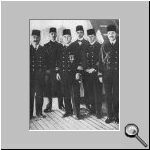
German and Turkish officers.
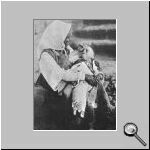
Hellenic refugees. A woman a small child.
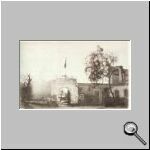
The French Hospital in Smyrna. Burnt.
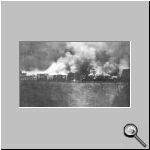
Smyrna. Buildings of the quay in flames.
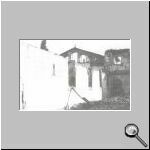
Destruction of the Church Agios Minas.
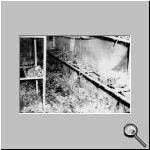
Constantinople. Desecrated Hellenic graves.